It seems crazy to put a lot of time and effort on things that are only worn on special occasions. Although there is a time for that, too.
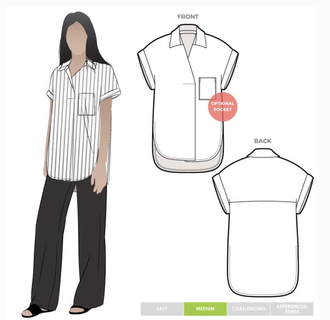
It is called the Hayward Tunic.
Now I can pin the pattern pieces together to eliminate that seam ...
This where the fabric starts telling me what to do. First I only have so much fabric. When I pin these two pieces on the fabric it fits perfectly. There is not enough to cut them separately including those extended facings anyway.
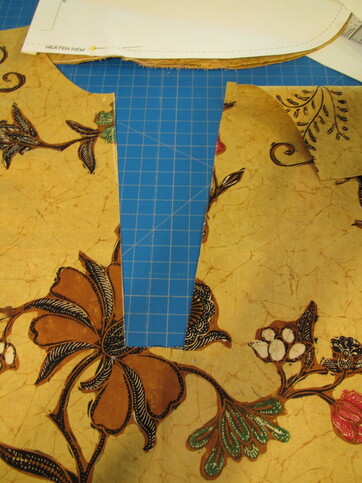
Then I made separate pattern pieces for the left and right facings. They are a little different because of the asymmetrical pleat.
I placed the seam right were that dart is, thus eliminating it!
See below.
Being short of fabric, I needed to use another fabric for these facings. Again the fabric is forcing my choices ... for the better! I just happened to have just the right amount of black cotton in my stash.
Thanks fabric for telling me what to do!
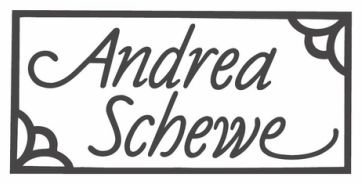
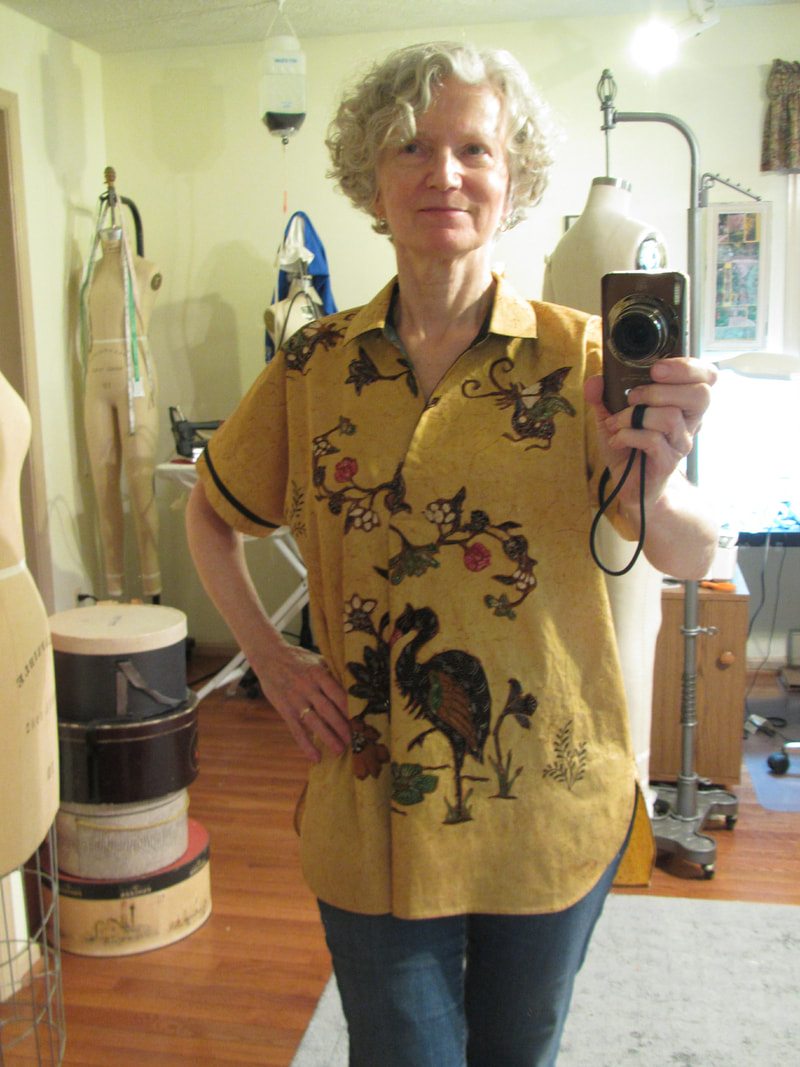
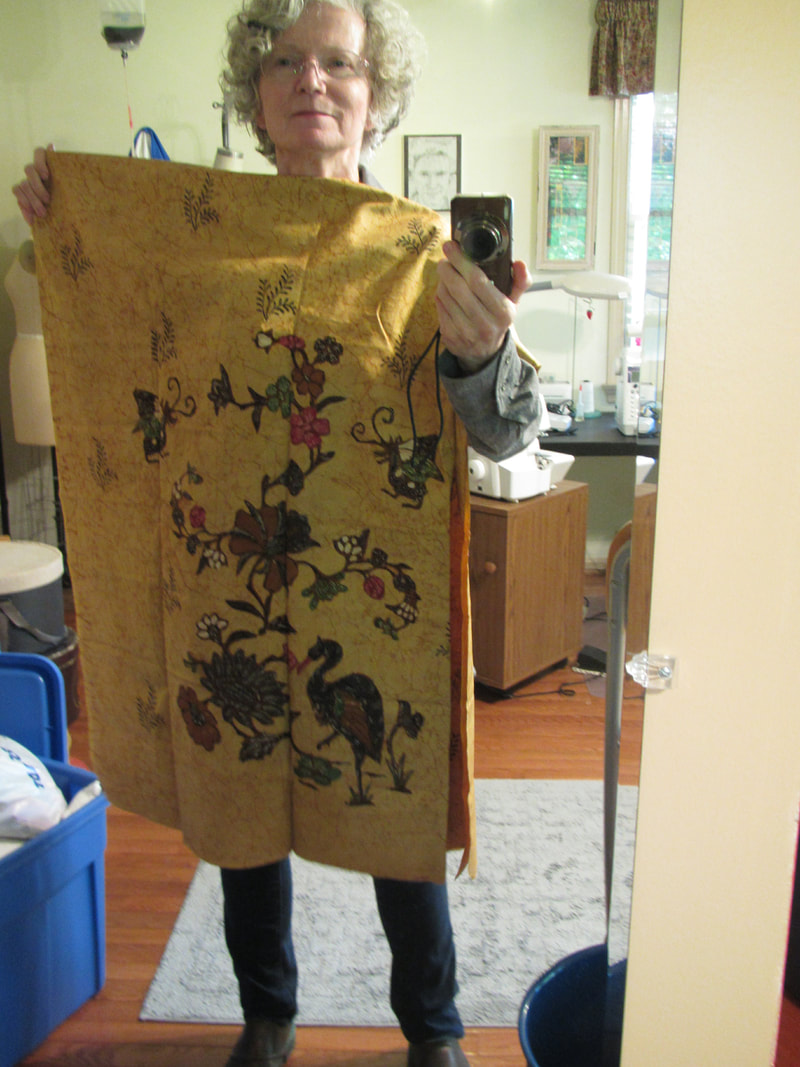
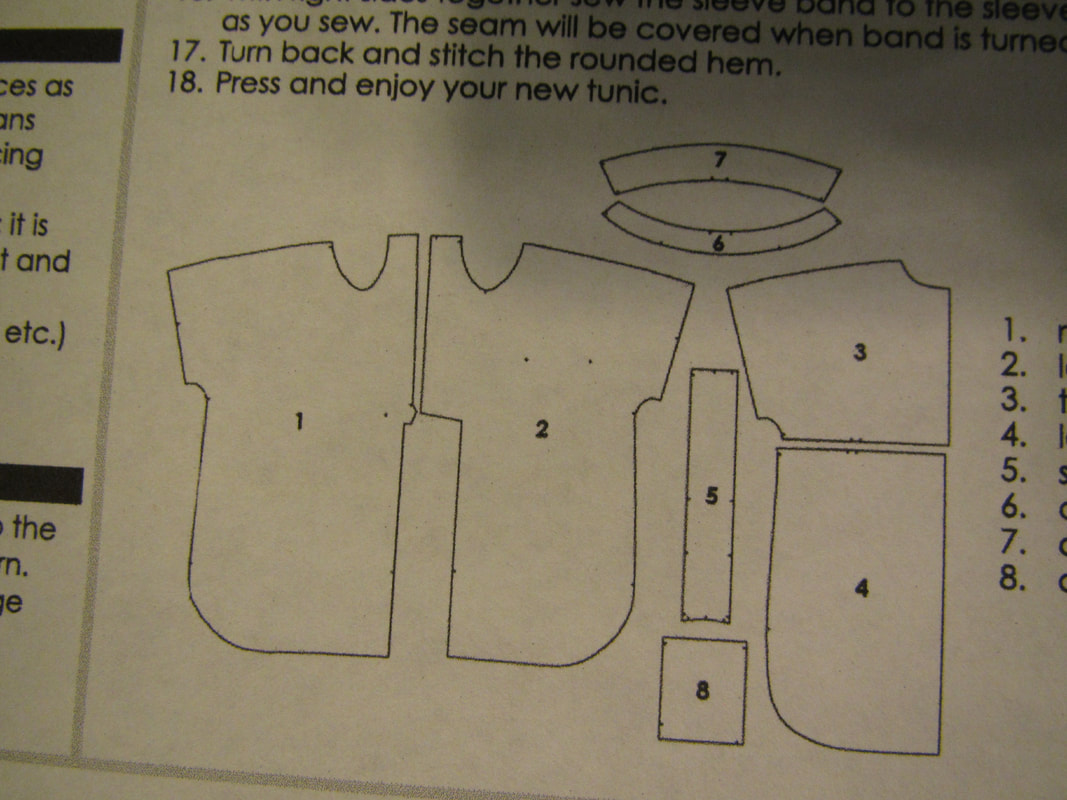
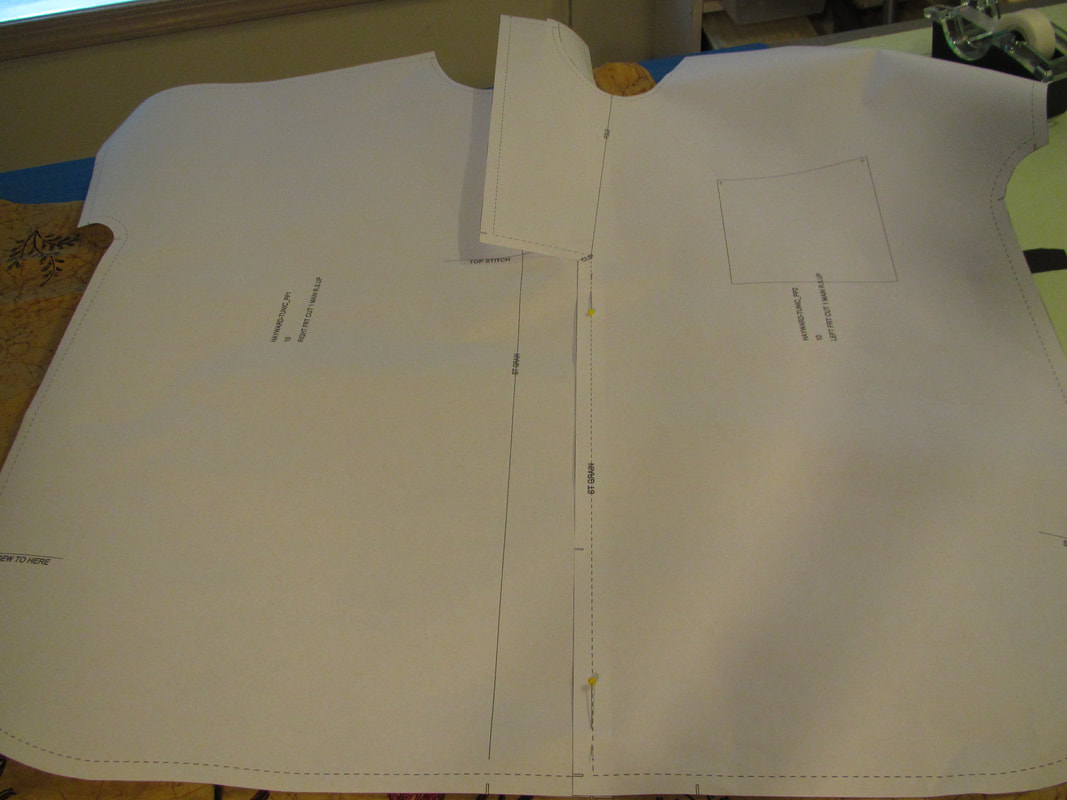
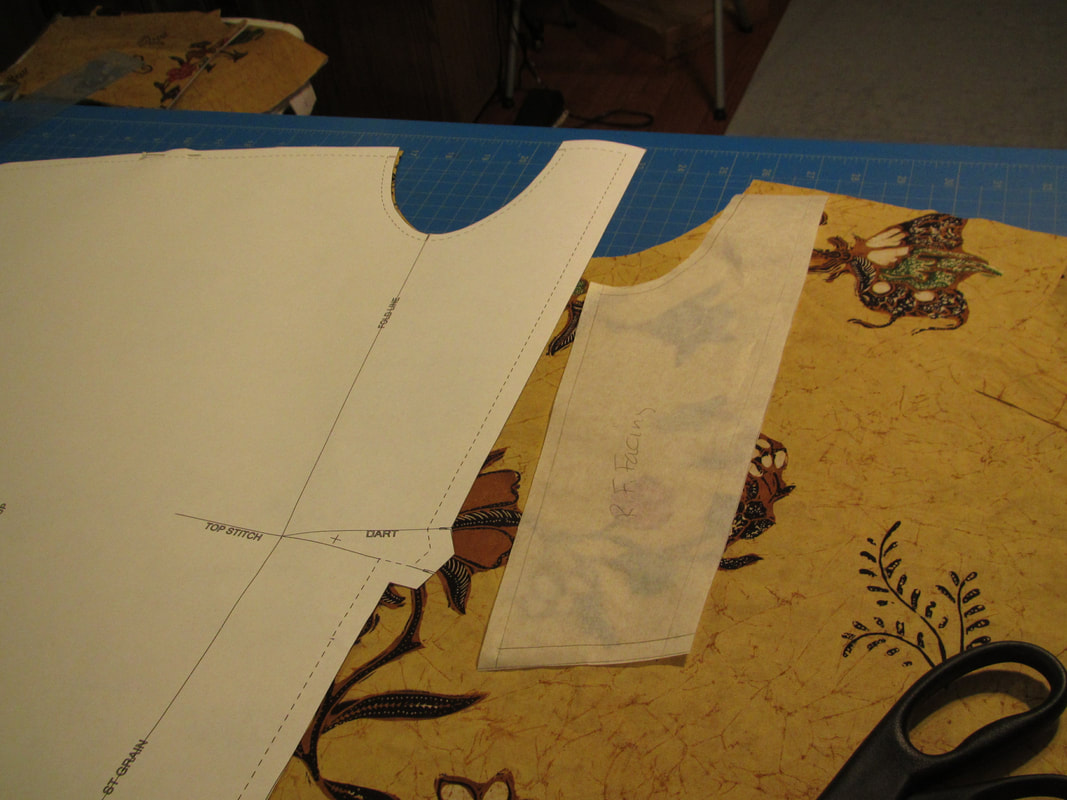
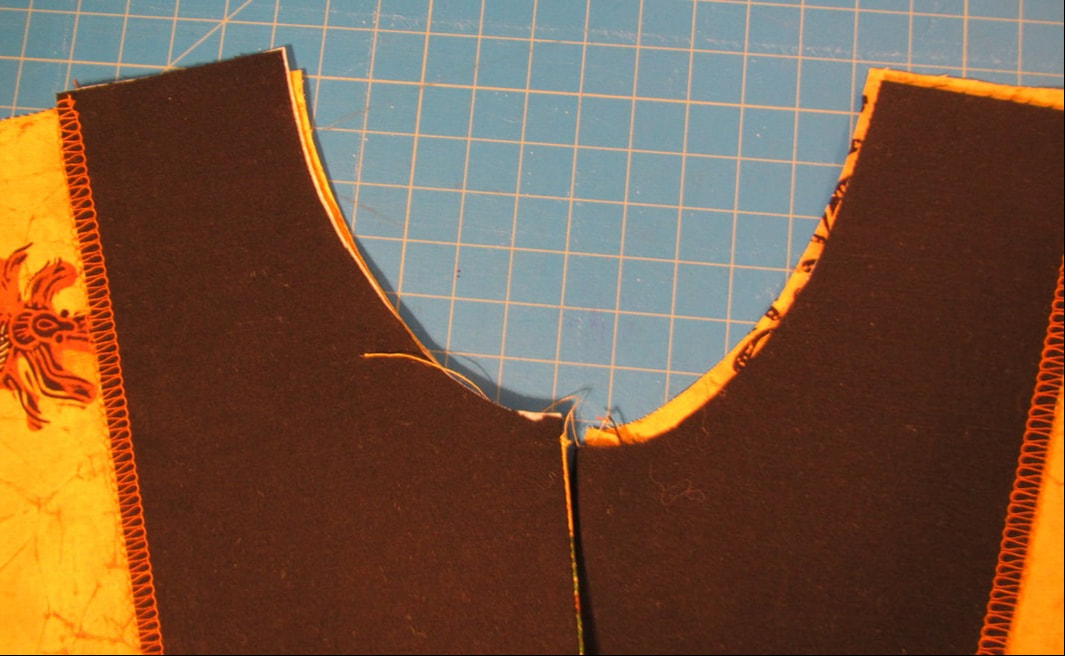
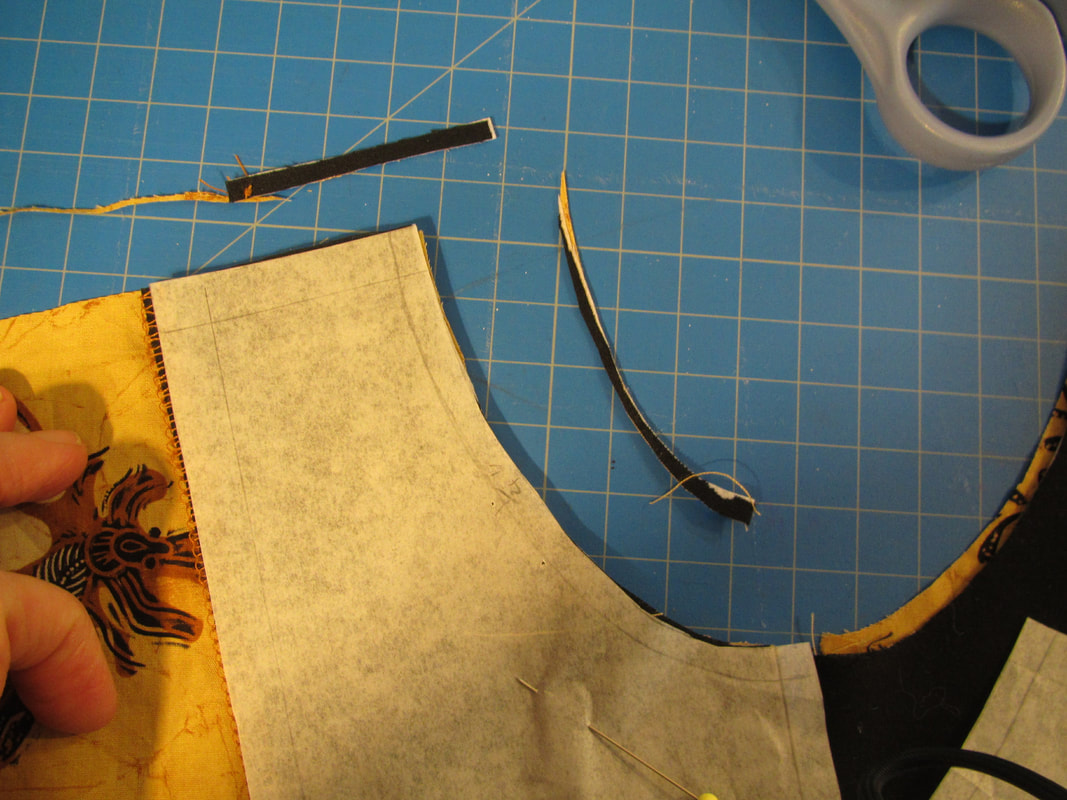
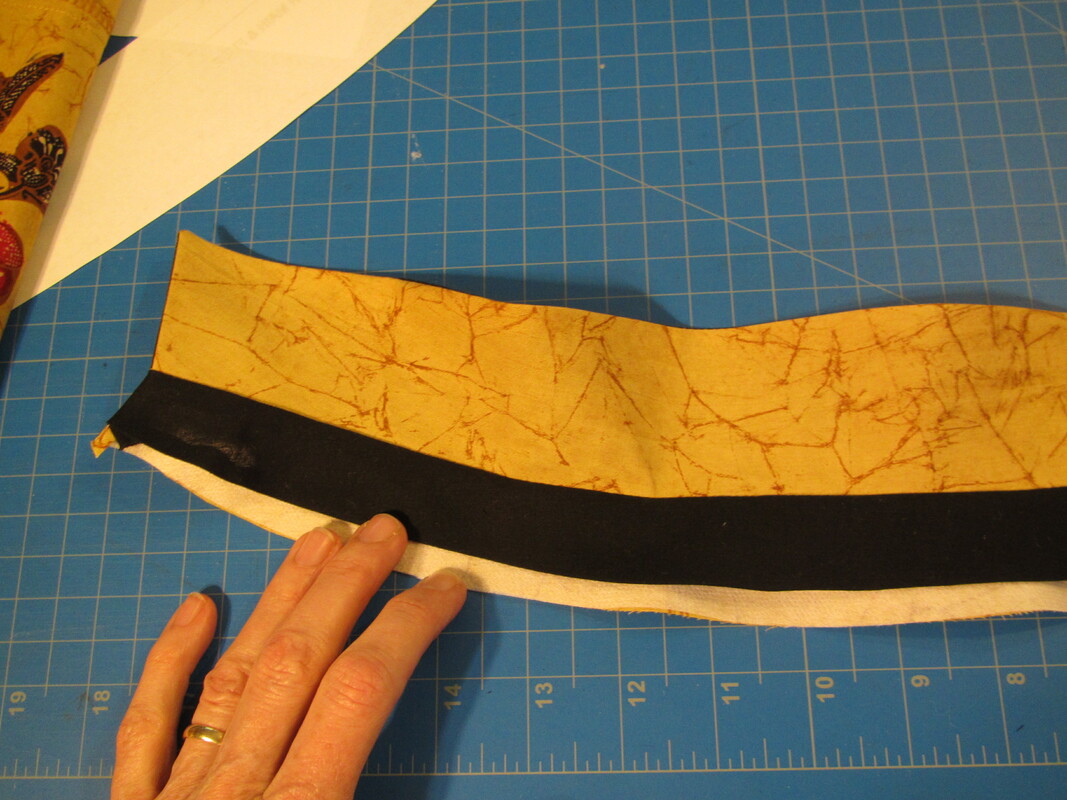
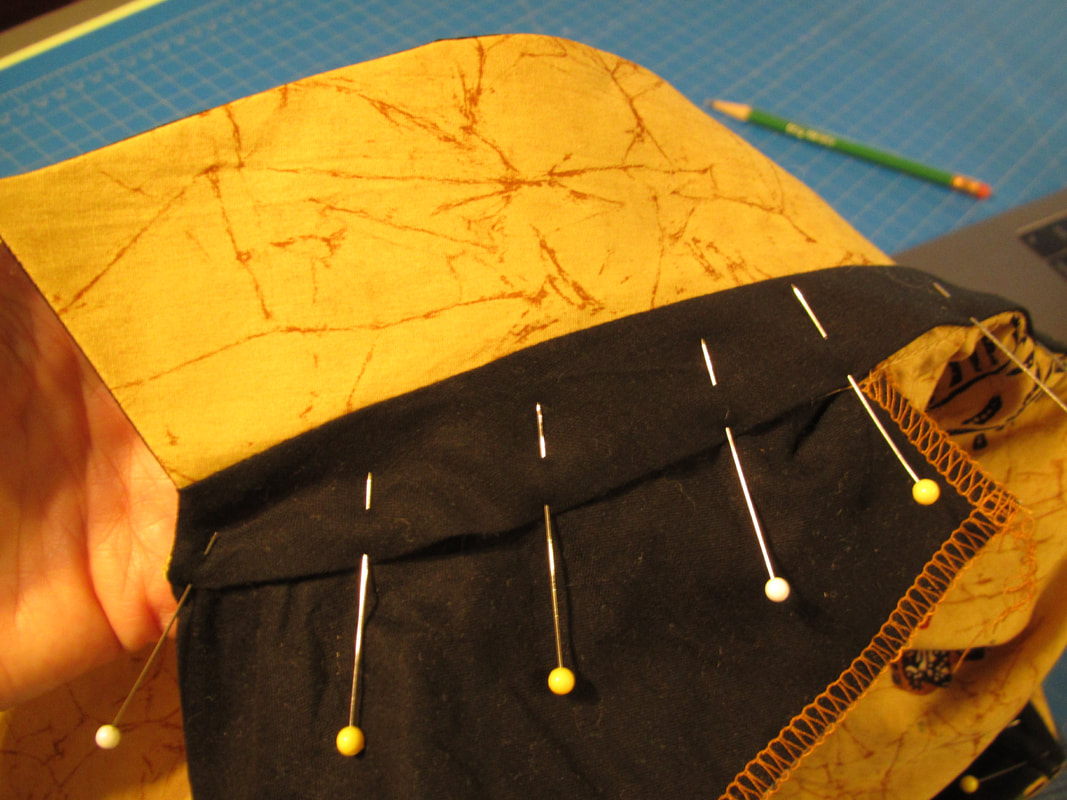
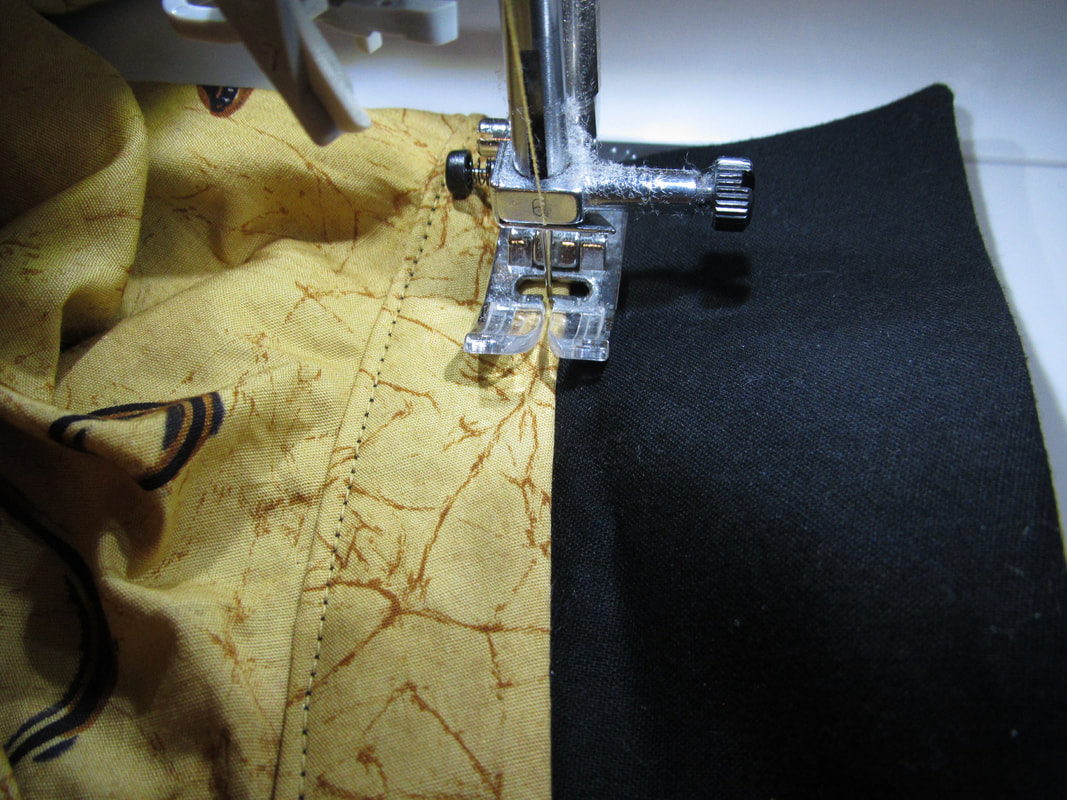
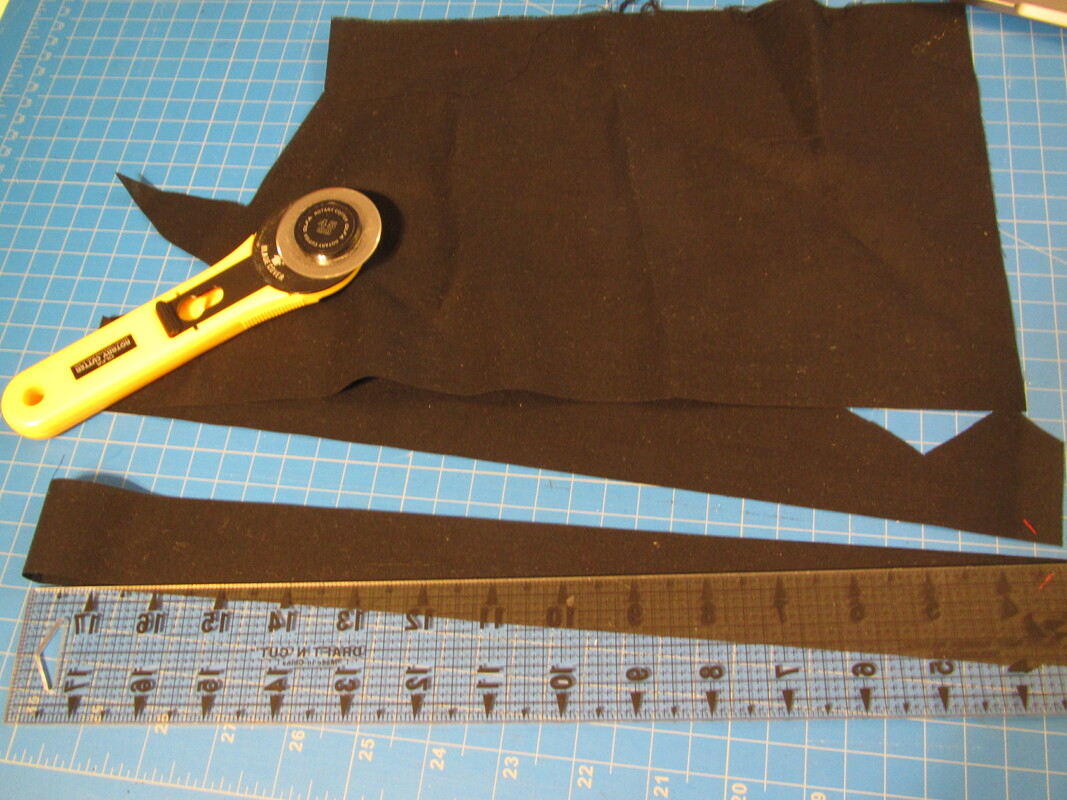
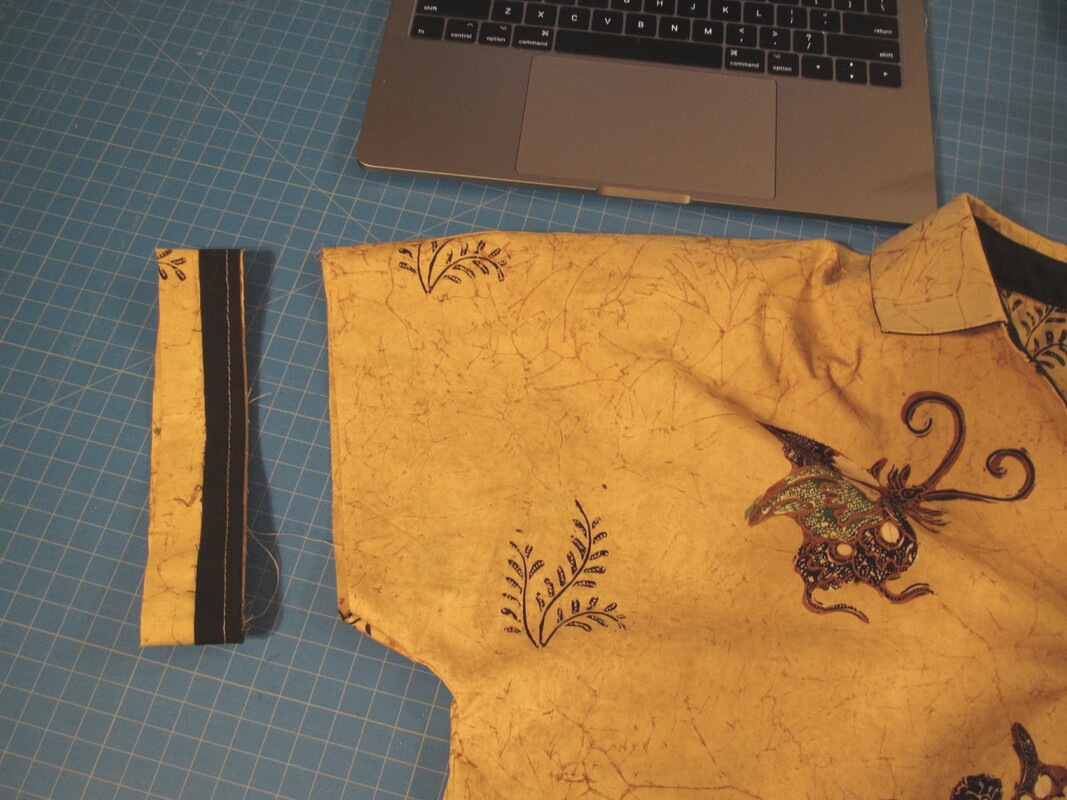
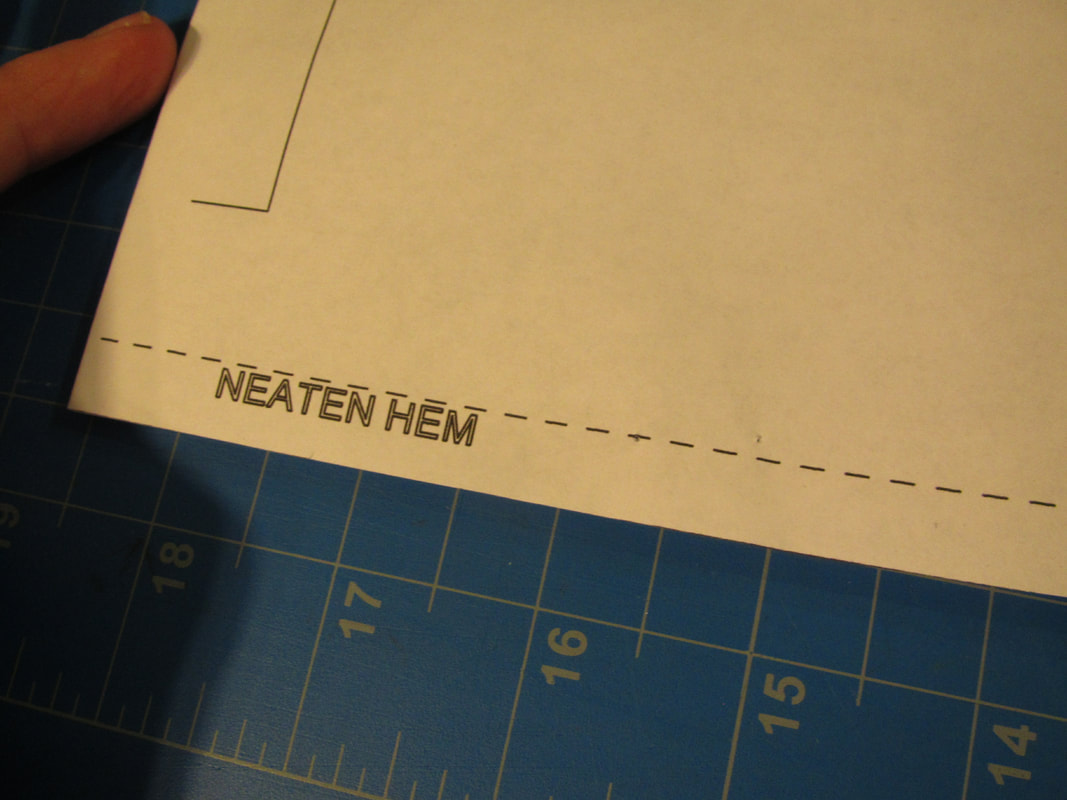
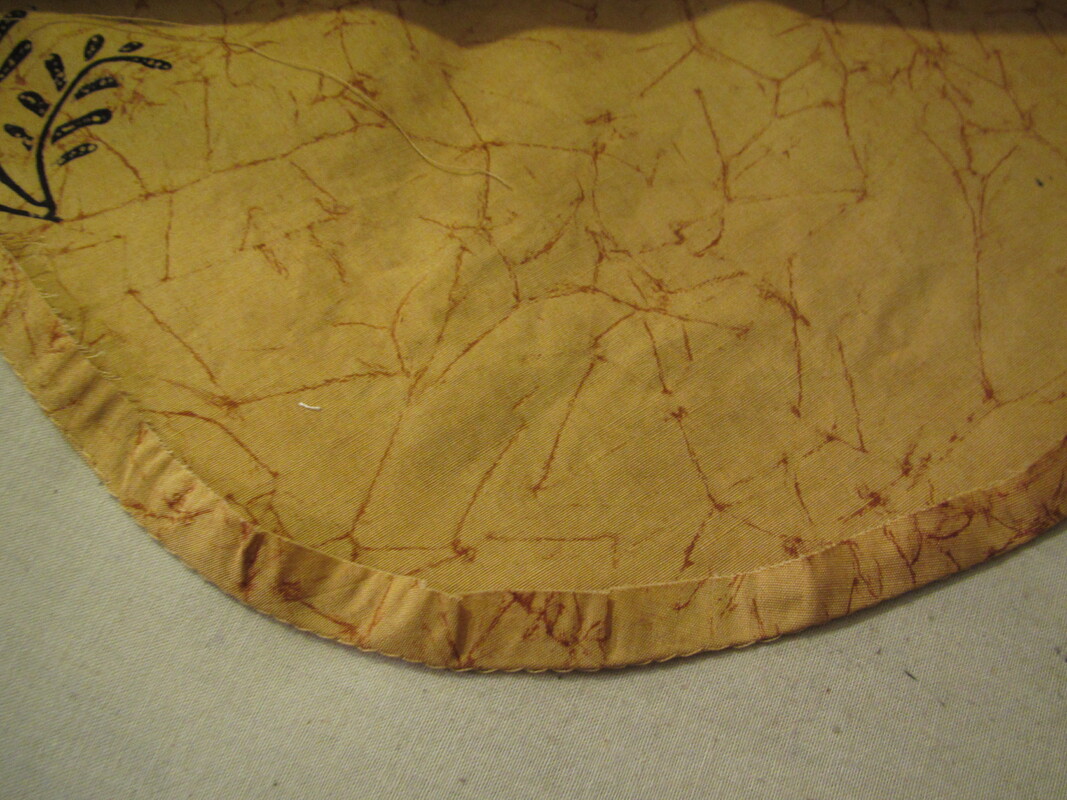
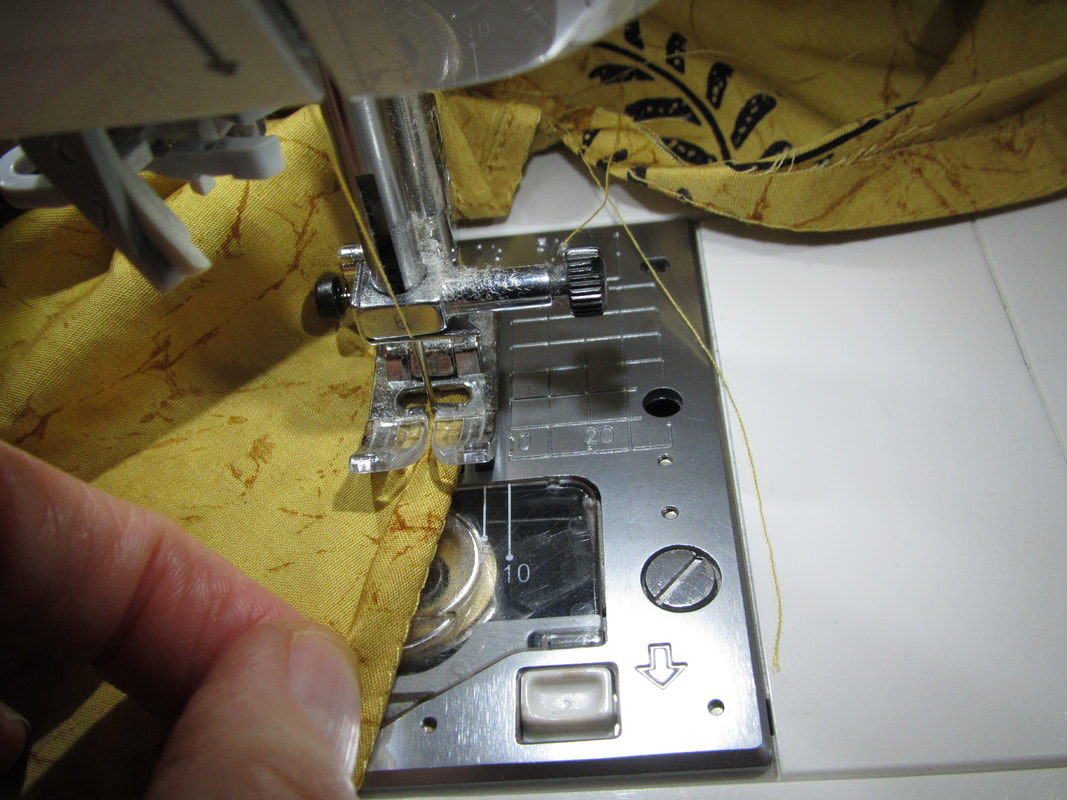
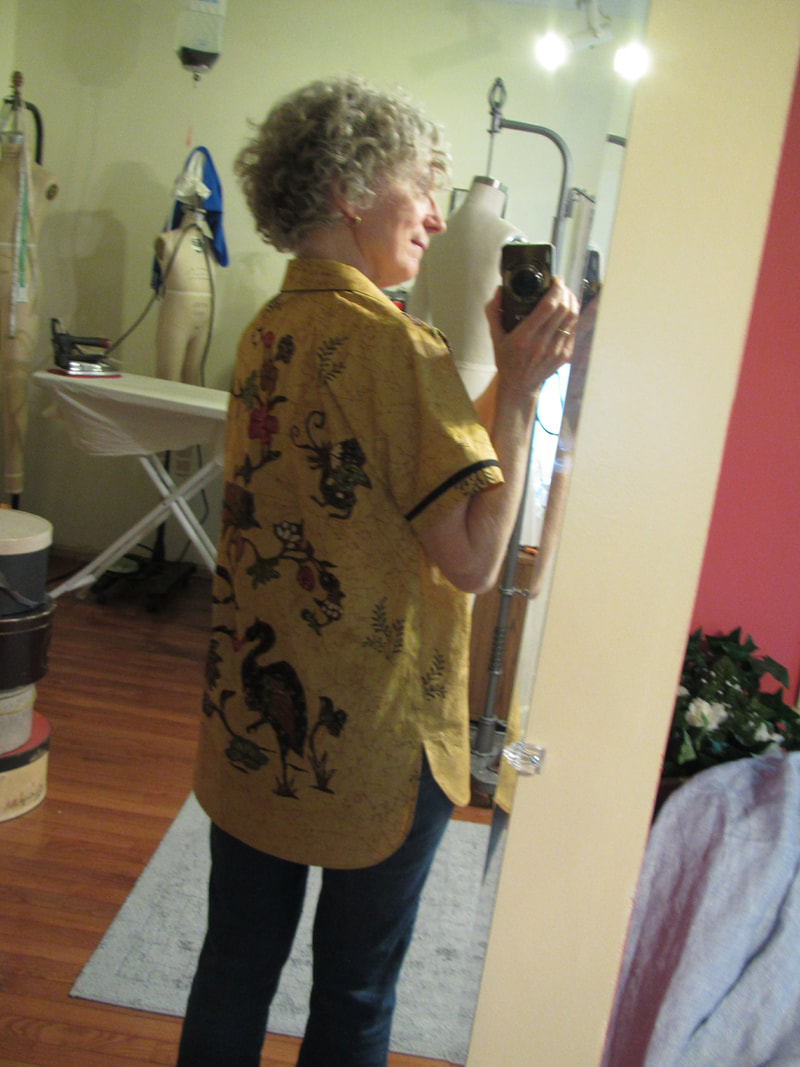
 RSS Feed
RSS Feed